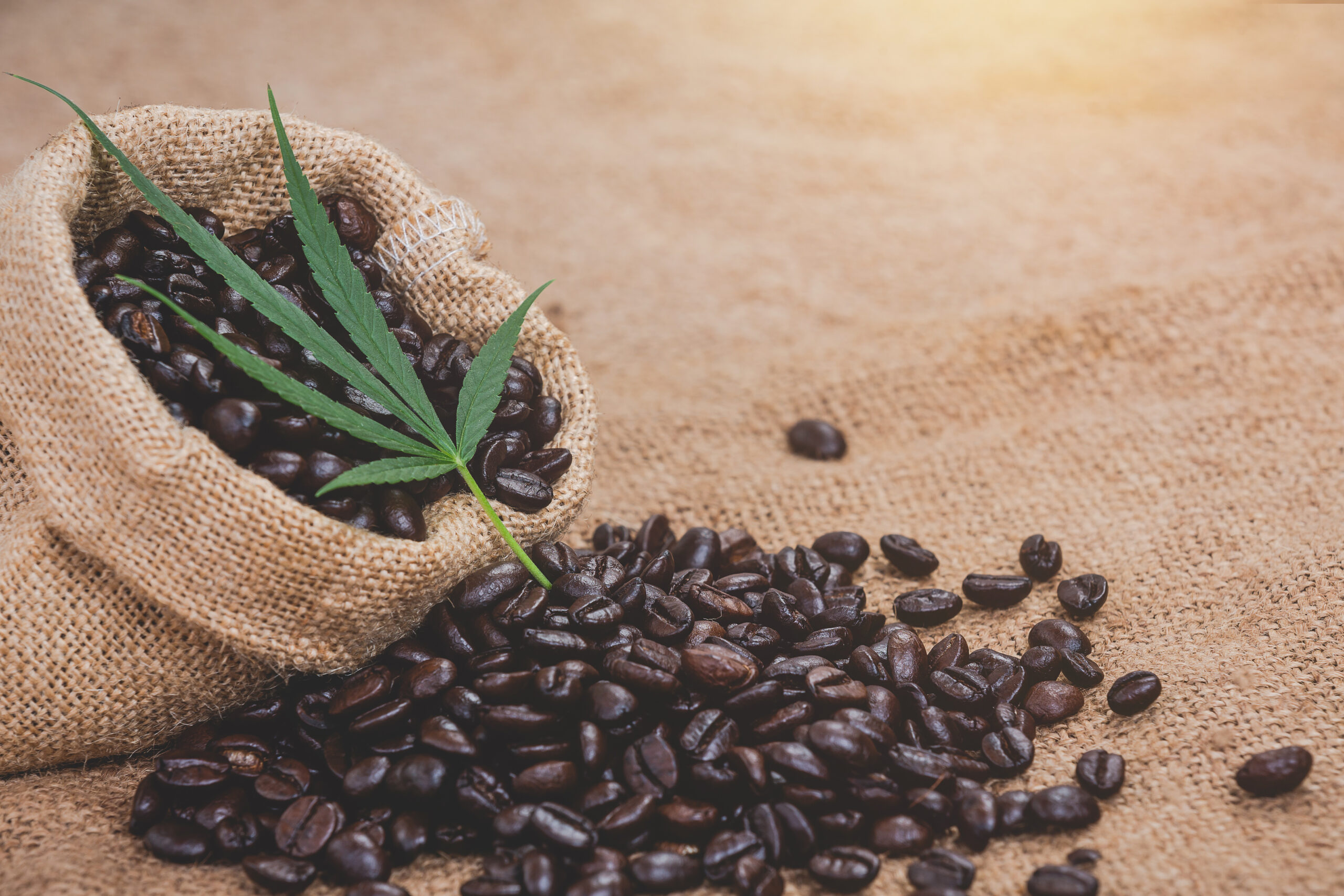- +62 85156306472
- office@muinu.co.id

In the world of coffee, the journey from bean to cup is as intricate as it is fascinating. Among the various stages that shape the flavor profile of coffee, the processing method plays a pivotal role. Two prominent methods in this stage are the full wash (or wet process) and semi wash (or wet-hulled process). Understanding these methods is crucial for both coffee aficionados and professionals in the industry. This article aims to demystify these processes, highlighting their differences and impacts on coffee’s taste.
The full wash method is a meticulous process that involves several steps to ensure the purity and quality of the coffee beans. Initially, the coffee cherries are immersed in water, where the buoyant, less dense fruits are removed, leaving behind the denser, high-quality cherries. These cherries are then depulped to remove the outer fruit layer, leaving the beans with their mucilage intact. The mucilage-covered beans are placed in fermentation tanks for a period, allowing the sticky layer to dissolve naturally. Following fermentation, the beans are thoroughly washed with water to remove any remaining mucilage, and finally, they are dried to the appropriate moisture content.
This method is renowned for producing coffee with a cleaner, more refined flavor profile. The extensive washing ensures that any fermentative flavors are minimized, resulting in a cup that is light, bright, and often with higher acidity levels. It’s a process that demands significant water resources but rewards with beans that are consistent in quality and taste.
In contrast, the semi wash method takes a more straightforward approach. After depulping the cherries to separate the beans, instead of undergoing a fermentation process, the mucilage-covered beans are briefly washed to remove some of the sticky fruit residue. The key distinction here is that the beans are not left to ferment in tanks; instead, they are quickly moved to drying stages while still partially covered in mucilage.
This method, requiring less water, preserves more of the coffee’s inherent flavors, resulting in a cup that is bold, robust, and with a distinct character. The semi wash process is particularly favored in regions where water resources are scarce or in producing coffees that benefit from a stronger, more pronounced flavor profile.
The primary difference between full wash and semi wash lies in the flavor. Full wash coffees are often described as clean and balanced, with a preference for highlighting acidity and floral notes. On the other hand, semi wash coffees offer a fuller body, more sweetness, and a complexity that can be attributed to the partial fermentation occurring on the bean’s surface.
For example, a semi wash processed bean might exhibit a stronger, more pronounced flavor, making it an excellent choice for espresso blends where boldness and body are desired.
The processing of coffee can be categorized into three methods: full wash, semi wash, and dry process. The full wash or wet process is the most common method, involving soaking the coffee beans in water, discarding the floating fruit, and further processing the sinking ones. The semi wash or wet-hulled method is simpler, where the coffee beans are separated from the fruit using machinery, and any remaining fruit mucilage is cleaned with water. The dry process or natural process is the oldest method, where the coffee fruit is washed, then dried in the sun, and the beans are extracted, fermented, and dried again.
©2024. PT. Multidaya Inovasi Nusantara. All Rights Reserved.
Click one of our contacts below to chat on WhatsApp
Or sent mail to office@muinu.co.id